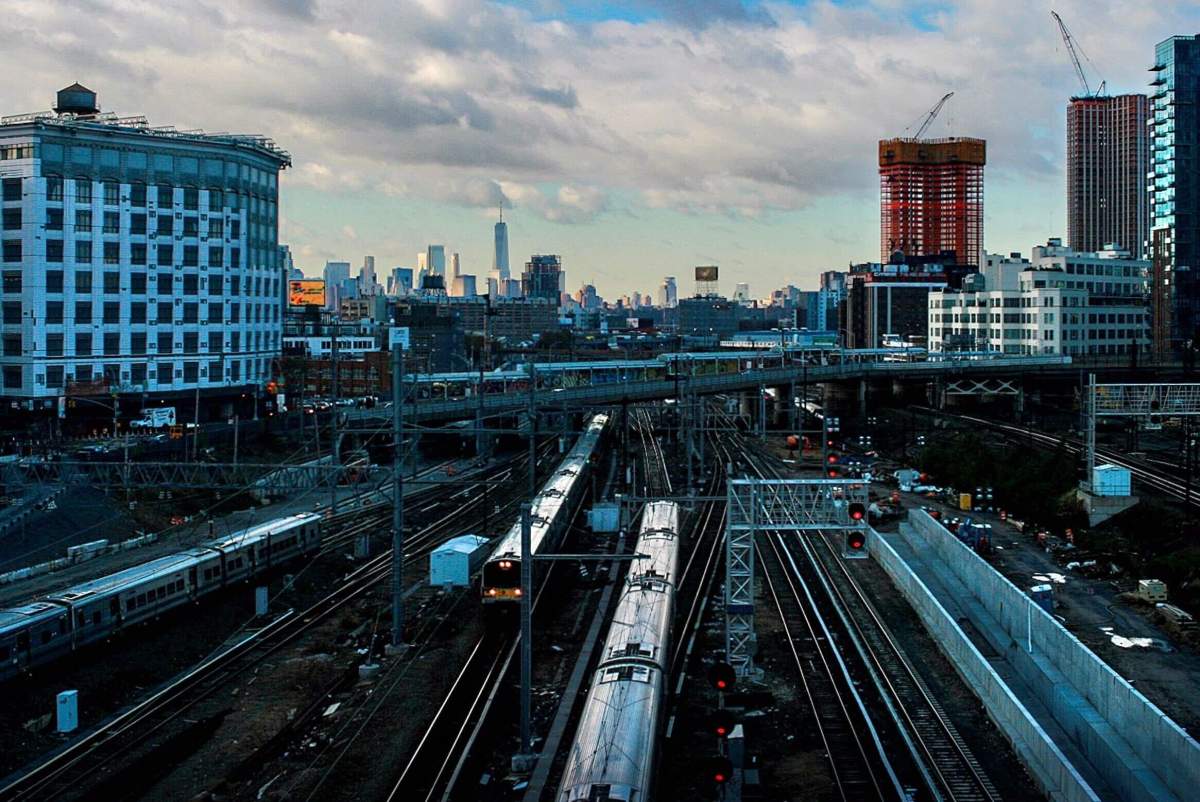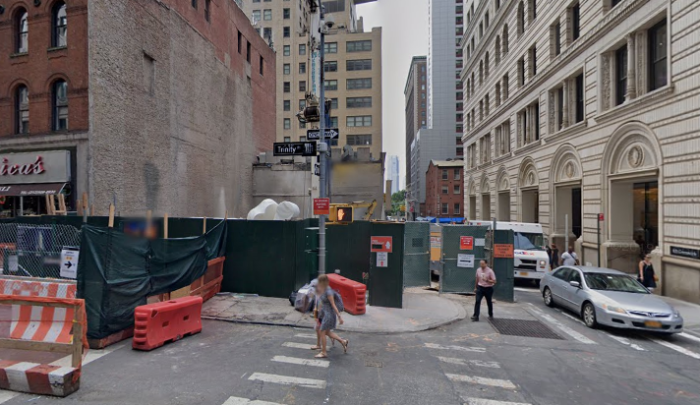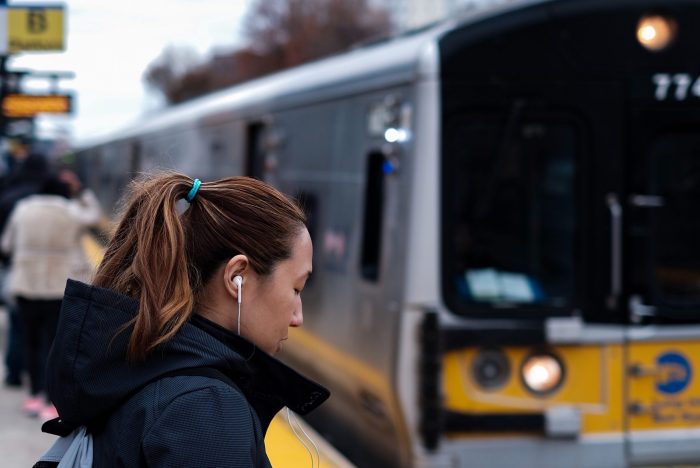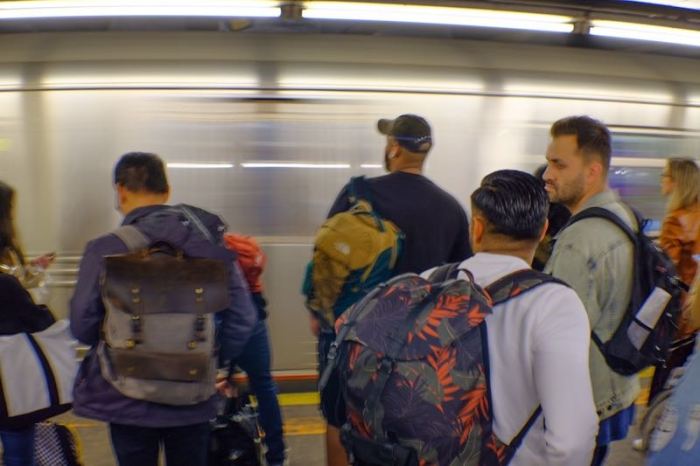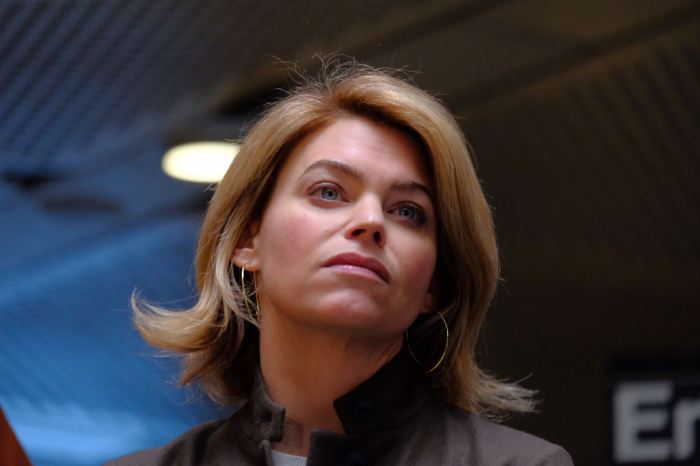Manhattan Councilman Ydanis Rodriguez wants to see more self-sufficiency in the MTA in the long-run as the COVID-19 pandemic has proven that fare and tax revenue may not be reliable when the agency needs funding most.
This has become more abundantly clear as the White House administration and the Republican-led Senate has declined for months to deliver a second stimulus in the crisis ongoing for eight months now, which Rodriguez called for a change to on Thursday morning in Washington Heights.
Rodriguez’s suggestion to the city and the MTA? Use real estate rail yards to create affordable housing as a revenue source for transportation and diversify income for the agency’s overall funding.
“We always have to take the responsibility to deal with a crisis but also take the moment to plan for the future. I feel that what we need to do when it comes to the MTA is continue advocating for more legitimate resources and that it should come from the city,” Rodriguez said. “Working from the private and public sector together, the MTA should be able to use the rail yards to bring in economic development, especially around technology and health and also use some percentage of the site to build affordable housing.”
With a $16 billion deficit facing the MTA by the end of 2024, Rodriguez told amNewYork Metro that the recommendation, if adopted by the powers that be, would not happen soon enough to pull the agency out of its current state of financial crisis.
But it could help stabilize revenue in the long run.
Proposals for housing above rail yards is not necessarily new, the de Blasio administration has long planned to build a deck over Sunnyside Yards for housing and recreation. This, Rodriguez says, has potential for affordable housing and is a concept that could work in several locations across the city including the 207th Street Metro-North facility in Inwood that is up to 40 acres.
The proposal to build over Sunnyside Yards, however, has not been welcome with open arms by many housing advocates who are not convinced the developments will be truly affordable for the surrounding communities in Queens and could drive gentrification.
Other residents in surrounding neighborhoods have said at workshops that they worry about being in shadow of tall buildings made taller by being built upon a platform.
“I believe the opportunity is there. A few years ago I did a walk with the chairman of the MTA through the 207th and this is something that I know is not a position the MTA is in, it’s not something I say should happen right now, it’s not a solution to the crisis,” Rodriguez said.
Federal funding is the bottom line, according to Rodriguez, who spent Thursday morning handing out masks to commuters at the 168th Street subway station alongside Brooklyn Borough President Eric Adams.
Since the beginning of the COVID-19 crisis, the MTA has lost over half of its operational funds after the disease ran about 90% of riders from the system. While these numbers hang at about 30% of pre-pandemic levels as the city has begun its phased reopening, the MTA has put “everything on the table” for operating within their means.
The MTA has said this could come in the form of service cuts of 40% and a fare hike of up to a dollar.
The agency has been petitioning the federal government for $12 billion just to fund operations at their current level until the end of 2021.



